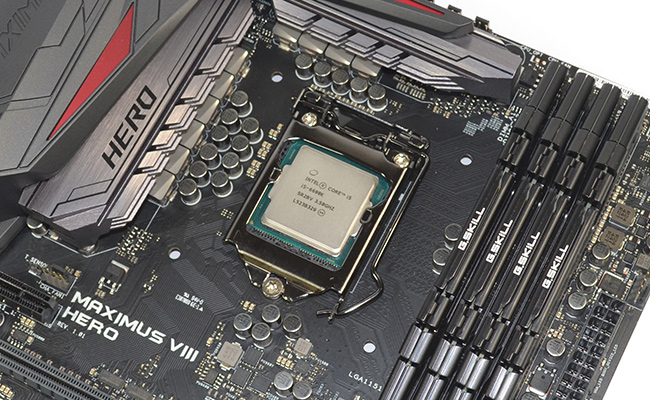Although Intel Corp. already sells its code-named “Skylake” microprocessors commercially, the company has not disclosed a lot of details about the new micro-architecture. Apparently, Intel’s new processors feature technology, which speeds up performance in single-threaded workloads using multiple cores.
Heise.de reports that Intel’s new Core i7-6700K processor with four cores demonstrates exceptionally high results in SPEC CPU2006-Suite Computational Fluid Dynamics (470.lbm) benchmark. In fact, the Core i7-6700K is 2.4 times faster than the Core i7-4790K based on “Haswell” micro-architecture in single-thread mode.
According to the web-site, in certain situations one core can use resources of the other to improve performance in single-thread workloads.
Last year Soft Machines, a startup that develops microprocessor technologies, unveiled its own VISC processor architecture. The developer claimed that VISC could increase processor’s average number of instructions executed per each clock cycle (instructions per cycle, IPC) by three or four times, thus increasing performance performance-per-watt by two or four times in single- and multi-threaded applications compared to existing microprocessors. Theoretically, Intel’s new processors could feature a similar technology.
Intel did not comment on the news-story.
Discuss on our Facebook page, HERE.
KitGuru Says: Intel plans to release details about the “Skylake” micro-architecture at the Intel Developer Forum later this month. Perhaps, this is where the company will reveal additional facts about technologies found in the new CPUs.
 KitGuru KitGuru.net – Tech News | Hardware News | Hardware Reviews | IOS | Mobile | Gaming | Graphics Cards
KitGuru KitGuru.net – Tech News | Hardware News | Hardware Reviews | IOS | Mobile | Gaming | Graphics Cards




Sounds very cool. I’ll be waiting forward to the benchmarks.
It doesn’t, already dismissed by Intel at IDF. it was just misinformed nonsense by some German tech site then embellished by wccftech. None of these articles and their respective authors took the time to understand the morphcore research paper they even cited which clearly states modest 10% IPC gains only in certain conditions for Single threaded work loads while offering 22% improved energy delay square product over OoOE SMT2. In most other cases the latencies and overheads introduced shows the problems with morphcore.
I have a hunch the german site made this claim based on an original article a while back, again by wccftch, that talks about “something big” in skylake. Again it sounded like typical click bait stuff back then as it does now.
We all just have to keep in mind such articles are written by people with no EE/CE background whatsoever so don’t expect informed speculation from them let alone in depth understanding of the papers they try to cite.